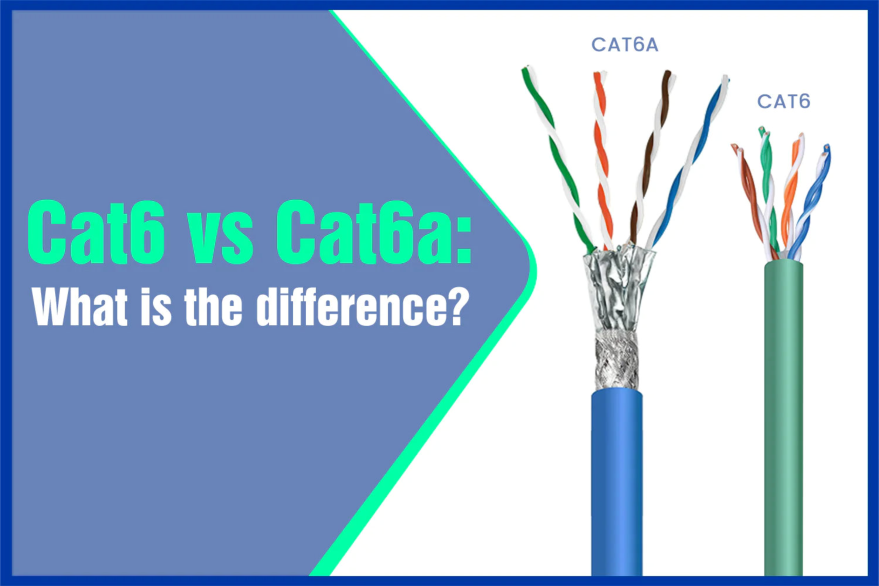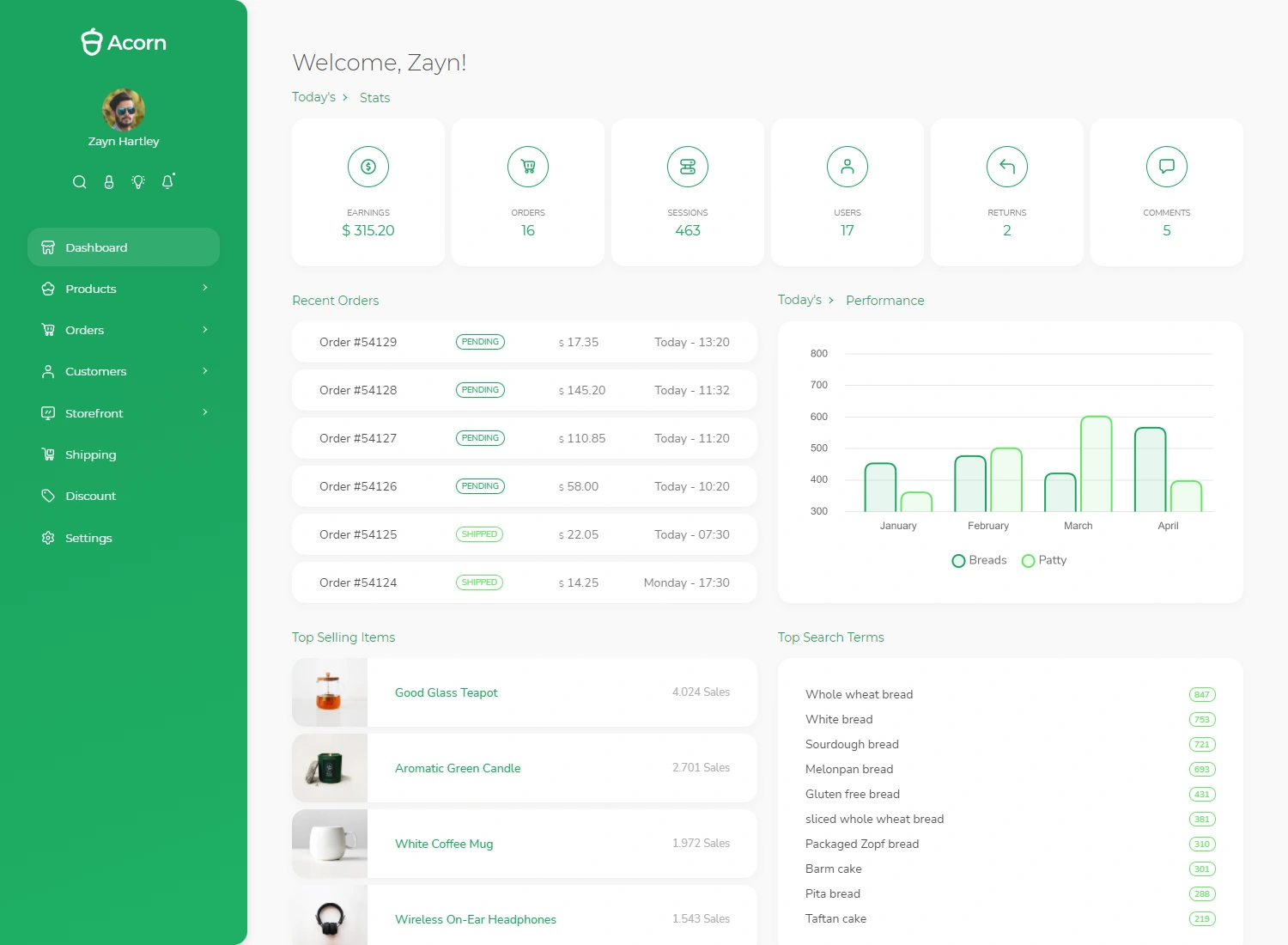DIFFERENCE BETWEEN CAT6 AND CAT6A CABLES
What’s the Difference Between Cat6 and
Cat6a Cables?
The primary
differences between Cat6 and Cat6a cables lie in their performance and
bandwidth capabilities. Cat6 cables can handle data transfer speeds of up to 1
Gbps, while Cat6a cables can manage up to 10 Gbps. Cat6a also boasts tighter
specifications, resulting in reduced crosstalk and a more reliable, consistent
connection. Its enhanced insulation provides better noise and interference shielding,
making it ideal for high-speed networks and busy environments.
Which Cable is Better, Cat6 or Cat6a?
Cat6a cables are
generally more expensive than Cat6 but offer superior speed and noise
rejection. If your priority is cost and Gigabit Ethernet, Cat6 is adequate.
However, if you want to future-proof your network or require support for 10
Gbps speeds, Cat6a is the better choice.
Should I Buy Cat6 or Cat6a Cable?
Your decision
should be based on your specific needs and requirements. Cat6 cables are sufficient
for most uses, but Cat6a offers better performance and bandwidth. If you have a
high-speed network or need to support higher data rates, Cat6a may be a better
option. However, they are more expensive and may not be necessary for all
applications. Assess your needs and consult with an expert before making a
decision.
Maximum Length of Cat6 Cable Without Data
Loss
The maximum
lengths for various types of network cables without data loss are:
·
Unshielded Twisted Pair (UTP): 100 meters (328
feet) for Ethernet networks and 90 meters (295 feet) for Token Ring networks.
·
Shielded Twisted Pair (STP): 100 meters (328
feet) for both Ethernet and Token Ring networks.
·
Fiber Optic Cables: 2 kilometers (1.24 miles)
for Ethernet networks and 1 kilometer (0.62 miles) for Token Ring networks.
·
Coaxial Cables: 500 meters (1,640 feet) for
Ethernet networks and 185 meters (607 feet) for Token Ring networks.
·
Wireless Networks: Varies depending on
technology and signal strength, generally much longer than cable-based networks.







